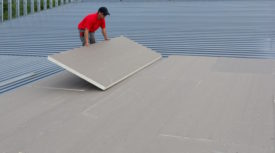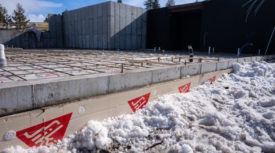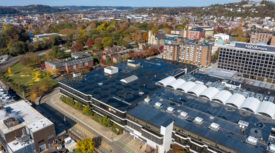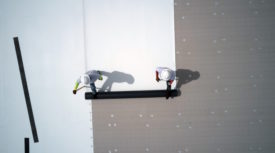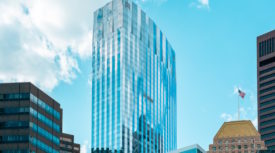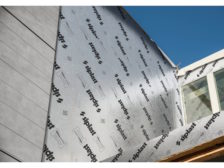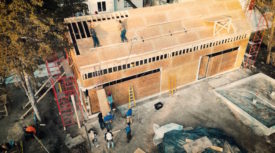Home » Keywords: » Polyiso
Items Tagged with 'Polyiso'
ARTICLES
Increasing Energy Efficiency from the Ground Up with Below-Grade Insulation
A Q&A with PIMA President Justin Koscher
March 12, 2024
Meeting Sustainability Goals by Designing High-Performance Building Envelopes
A Q&A with PIMA President Justin Koscher
November 7, 2023
Get our new eMagazine delivered to your inbox every month.
Stay in the know on the latest building & construction industry trends.
SUBSCRIBE TODAY!Copyright ©2024. All Rights Reserved BNP Media.
Design, CMS, Hosting & Web Development :: ePublishing
.png?height=168&t=1712684581&width=275)
